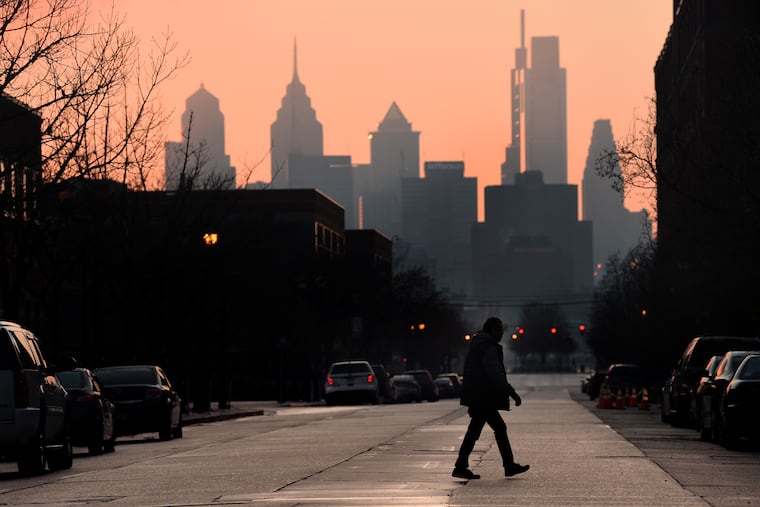Will coronavirus pandemic reverse Philly’s progress? | Opinion
The findings in Pew's annual "State of the City" report must be seen in a different light amid the coronavirus crisis.

The findings in Pew's annual "State of the City" report must be seen in a different light amid the coronavirus crisis.
